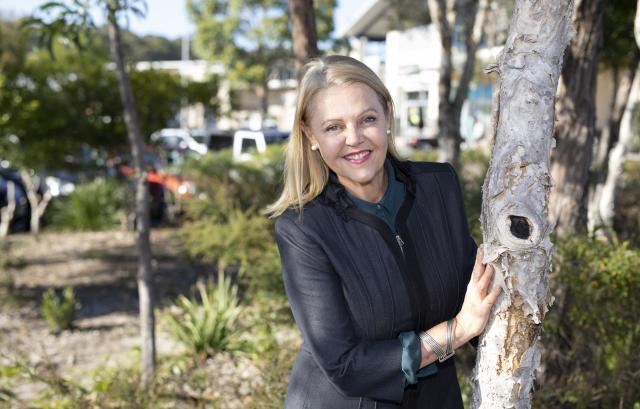Recently I sat for a briefing with the Department of Agriculture and Fisheries (DAF) regarding the Spanish Mackerel consultation stage one that has just completed.
Now you say, what does that have to do with you? Plenty! Whether as someone who likes to drop a line in, makes a living from our waterways including tourism, or cares about the environment and sustainable practices that our grandchildren can benefit from.
For some 30 years, fishing in Noosa has been a contentious topic, with diverse views from the belief that there is no issue with fish numbers, to the belief we have been fished out.
The blame game is a favourite on social media, with various papers, forums and feisty debates raging on and offline, with suggestions over the years including to buy out commercial fishing licenses.
Whether you prefer anecdotal evidence, versus data, ultimately government in its determinations on how to monitor, manage and maintain stock relies on quantitative and qualitative data to have a process that can be reviewed.
According to this data, our mate the Spanish mackerel is having a bit of a hard time.
I have posted to Noosa 360 (links below) how this has been assessed, amongst a host of other studies that relate to our river. In summary, the model incorporated data from 1911 to 2020, including estimated commercial, charter and recreational harvest for Queensland and New South Wales, Queensland commercial standardised catch rates, fish age-length frequencies, and key long-term fishery information on fishing power changes and catch rates. Eight model scenarios were run, covering a range of modelling assumptions and fixed parameters. The stock assessment estimates the spawning biomass of east coast Spanish mackerel in 2020 was between 14 and 27 per cent of unfished levels in 1911. The base case model estimate was most likely at 17 per cent of unfished biomass in 2019–2020. Under the Queensland Harvest Strategy Policy, rebuilding strategies are required for stocks below 20 per cent biomass.
DAF are working with both the recreational and commercial sector on what further restrictions should be implemented on the existing quotas. Much of what is being done is under a framework from the Sustainable Fishing Plan 2017-2027.
For anyone that has listened to any of my speeches, I often refer to aged frameworks that no longer serve us well. In this case, I have yet to find the gremlin in this, except the difference of opinion from DAF versus some within our community regarding current fishing practices in Noosa.
As with other hot topics such as live aboards, moorings and river speeds, which the Noosa River Advisory Stakeholder Group (NRASG) has been investigating and making recommendations to Government on as part of community consultation, do you believe our fish and fishing should be included in their work? With diverse stakeholders on the group, and capacity to invite others as part of their investigations, it would be wonderful to put another historical issue to bed.
No doubt it will be a feisty process, as we have seen with the speed review, with plenty of misinformation to stir the online pot! However, if everyone has a common goal, plays the ball, not the man, and works with facts versus fiction, we may get to an agreeance that can hold us in good stead for the many years to come, as well as help out our scaly mates with a host of side benefits.
To view the Spanish Mackerel assessment, head to daf.qld.gov.au/business-priorities/fisheries/monitoring-research/data/stock-assessment-program/spanish-mackerel-stock
For some of the many studies relating to our river and catchments, head to sandybolton.com/noosa-waterways-and-catchments-r esource-kit/



![[READER COMPETITION] – Win tickets to the Queensland Ballet at The J Theatre](https://noosatoday.com.au/wp-content/uploads/2025/07/Queensland-Ballet-100x70.png)



